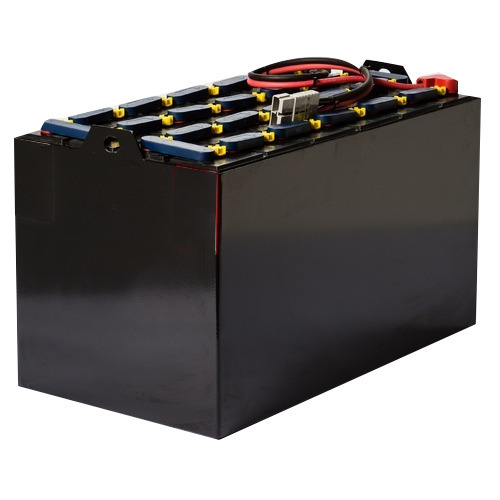Lead-acid batteries are the most mature circulating energy storage devices on the market, from flashlights and lanterns to forklifts and ships. Over the years, lead-acid batteries have provided stable and reliable recyclable electrical energy for all walks of life. However, with the increasingly mature lithium battery technology, lead-acid batteries, as the big brother of the battery industry, are suffering from full competition from lithium batteries. The biggest disadvantage of lead-acid batteries compared to lithium batteries is their slow charging rate and complicated battery maintenance. Affected by the impact of lithium battery, in order to improve the weak points of lead-acid batteries, lead-acid batteries have also ushered in further development on the basis of relatively mature technology.
(一)Battery fast charging technology
In the mid-1960s, American scientist Maas did a lot of research on the gas evolution of the battery charging process, and proposed an acceptable charging current curve for the battery based on the minimum gas evolution rate. In the charging process, only the charging current is required, so the charging time is greatly prolonged. In the later stage of charging, the charging current is greater than the acceptable current of the battery, so a large number of air bubbles are generated in the battery.
However, if the actual charging current can always be equal to or close to the acceptable charging current of the battery during the entire charging process, the charging speed can be greatly accelerated, and the gassing rate can be controlled within a very low range. This is the basic rationale for fast charging. However, during the charging process, the polarization voltage generated in the battery will hinder its own charging and significantly increase the gassing rate and temperature rise. Therefore, the polarization voltage is an important factor affecting the charging speed. It can be seen that in order to achieve fast charging, we must try to eliminate the influence of polarization voltage on battery charging.

From the formation mechanism of the polarization voltage, it can be inferred that the magnitude of the polarization voltage changes with the change of the charging current. When charging is stopped, the resistive polarization disappears, and the concentration polarization of a discharge channel and electrochemical scheme gradually weakens. If a discharge path is provided for the battery to discharge in reverse, concentration polarization and electrochemistry will quickly disappear, and the temperature in the battery will decrease due to discharge. Therefore, when charging is suspended during the charging process of the battery, and a discharge pulse is appropriately added, various polarization voltages can be quickly and effectively eliminated, thereby increasing the charging speed. At present, the fast charging method that everyone agrees with is pulse charging and pulse discharge depolarization method.
-1024x731.jpg)
(二)Achieving Fast Charging Technology Pathways
1. Improve battery design and reduce ohmic internal resistance. If the battery uses a copper wire mesh negative grid, the grid resistance will be significantly reduced. This not only helps to improve the utilization rate of active materials and the specific power of the battery, but also improves the fast charging performance of the battery.
2. Increasing the occurrence time of reactive ion diffusion current, that is, prolonging the time when the battery voltage reaches the gassing voltage, allows to increase the charging current, reduce the thickness of the electrode plate, increase the porosity of the active material, and increase the contact area of the grid active material. These measures are all conducive to the diffusion of reactants and products, reducing concentration polarization, increasing the allowable charging current, and realizing fast charging. However, considering the life of the battery, the plates cannot be made too thin.

3.Reform battery charging method. The theory of the pulse fast charging method is basically to superimpose a certain frequency, a high degree of negative pulse or a short-term charging stop in the charging current, so that the lead ions participating in the reaction can be generated in time to increase its concentration, and the generated hydrogen ions and sulfate radicals. The ions have time to move away from the vicinity of the electrode, and the comprehensive effect is an effective measure to reduce the concentration difference, and the battery voltage rises slowly, so that the battery can be charged with more electricity. The intelligent charging electric device developed at present is designed after considering these situations.
4.The effect of fast charging on battery life. The impact of high current fast charging on the life of the battery is still under discussion. There are also different views in the industry. First of all, the service life of the battery is not consistent, and its cycle life can even be 1 times different. Furthermore, in the long-term life test process, it is difficult to ensure that the test conditions of each batch of batteries are completely consistent. Although it is generally believed that high current fast charging does not adversely affect the life of VRLA batteries.
Lead-acid batteries have served mankind for many years, and it is believed that further innovation and development will be ushered in under the impact of lithium batteries. Provide a variety of choices to the market.
